Public shaming: all pain, no gain
While a teacher could be the one to single students out for a wrong answer or for giving an “I don’t know” answer, the feeling of embarrassment afterwards is often magnified by the condescending attitude of peers, making students feel much worse overall.
We’ve all seen that photo of the kid from the 1950s sitting in the corner of a classroom with a dunce cap on his head. Although few schools still use public shaming in such a blatant fashion, other, less-obvious forms still occur.
In elementary school, my fourth-grade teacher had a poster on the side of her room with different sections. Our names were written on clothespins, connected to the middle section. Based on your behavior during the day, the pin with your name could be moved up, down or stay in the neutral section. If the teacher deemed your actions disrespectful, your name was moved down. If you did something “good,” your name could be moved up.
I can understand that this could teach young children about the importance of being considerate and mindful of their behavior. However, fear from one mistake may affect a child for a long time.
The embarrassment of making a mistake and moving down to a lower level can cause a kid to isolate him or herself. This isolation could prevent the child from finding their interests and showing their true personality, which can often have a negative effect on one’s social development.
I was one of those kids.
I was absolutely terrified of having my name moved down, so I never talked. I had always been quiet to begin with, but I was so scared of giving a wrong answer and getting in trouble in front of my entire class.
Even in middle school, I was still timid and found myself overthinking what I would say before speaking, although there was no actual “penalty” for saying something wrong.
Obviously, not every kid was affected by this choice of teaching as profoundly as I was, but the fact that some kids did feel the same way is not okay. Teachers should not have the power to make kids fear stating their opinions, especially little kids who are trying to figure out who they are.
Now, even in high school, public shaming is still present: calling randomly on students, calling kids out for cheating in front of the whole class, separating kids based on grades for discussions, making kids feel stupid for asking questions, teachers telling the class who had the best grade on tests, publicly attributing the lagging progress of a group to an individual.
Although teachers may not realize it, these sorts of comments and actions can make students feel horrible about themselves. For some, it might motivate them to try harder and get an even better score on the next test. For others, it can make them feel like they should give up.
Teachers who purposefully use shame to “motivate” their students are few in number, and the teachers who don’t are the ones teaching classes the students have a better opportunity to enjoy because they’re able to express what they think without the fear of being made fun of.
Teachers may use shame if the same students are consistently answering all of the questions, as a way to encourage engagement, to make sure students are listening and comprehending what’s being taught, or just to shame.
To a certain extent, I understand randomly calling on kids, especially if the same four students are regularly answering all the questions, but if a kid doesn’t know an answer, instead of moving on, some teachers make them feel bad about it in front of the whole class. This can make kids feel embarrassed, especially when their classmates laugh, making him or her not want to participate in future discussions for fear of getting something wrong.
In my three years of high school so far, I have rarely experienced teachers who use shame to teach. However, it has happened, and it made me feel awful. I hated going to that class every day, and I stopped asking questions, even if I had no idea what was happening, because the teacher would respond in a rude, condescending way that just made me feel stupid.
This teaching “technique” is very harmful to kids. Not only can it cause long-term resentment toward the teacher and school in general, but in severe cases, it causes depression and isolation. Education Week, an independent news organization that covers education, provided a teacher account on this topic, from an educator who has used shame while teaching and has learned how harmful it is for students: they often withdraw and “shut down;” sometimes they give up because they don’t care and “they can’t be hurt by humiliation,” this teacher said.
Not to mention, this teaches kids that it’s okay to make fun of others if they make a mistake. These are not the lessons about the “golden rule” schools claim to want to teach their students.
When teachers intentionally shame students, this raises the question of why some teachers feel the need to shame them. Some may think it’s an effective way to gain control, or they’re over compensating for their own lack of self-confidence, or the teacher thinks the student actually deserves to feel shameful, according to Edutopia, a foundation devoted to improving social and emotional learning.
But teachers need to understand that the way they teach a class can make or break it for students. If students are scared of being made fun of by the teacher, they automatically create a tense atmosphere, making students dislike the class. If teachers respectfully respond to all answers, including wrong ones, students will be more open to talking, creating a comfortable atmosphere, which allows students to feel more accepted and confident.



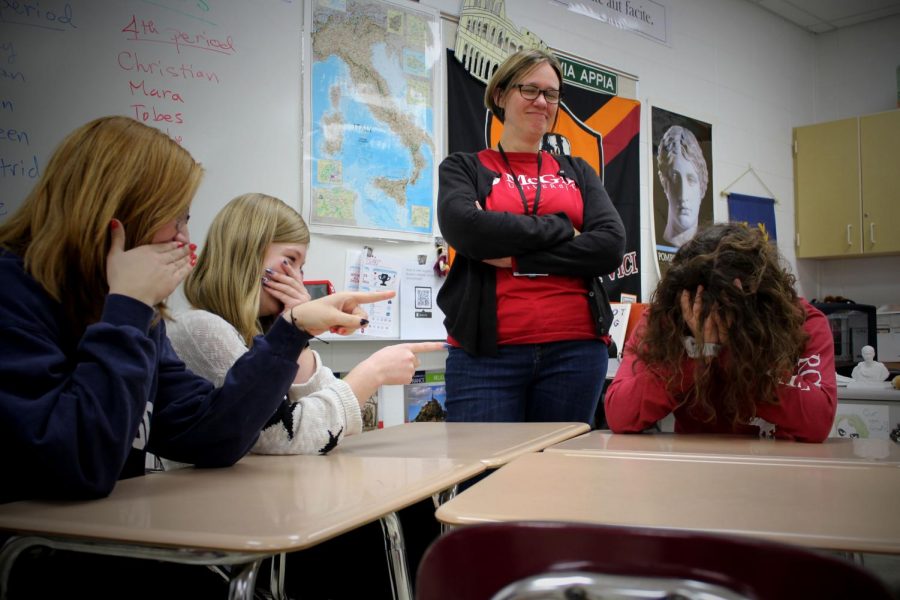
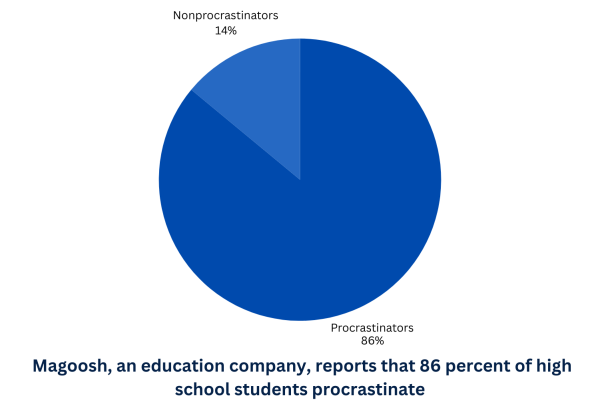
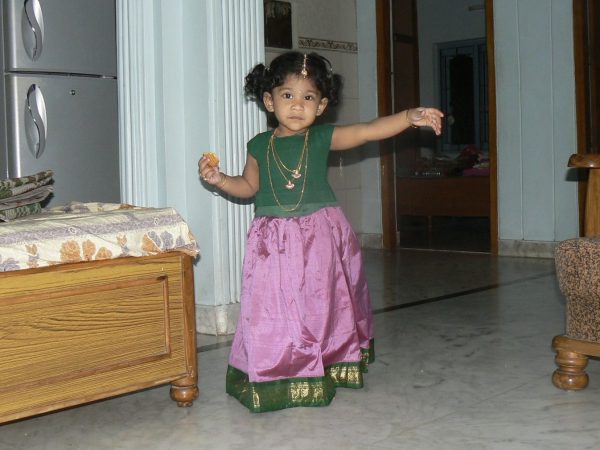


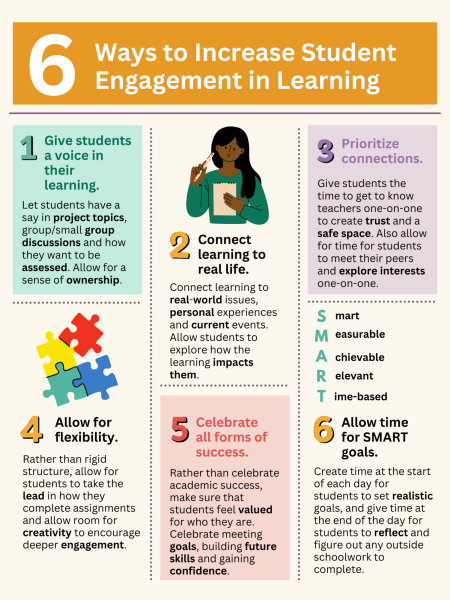
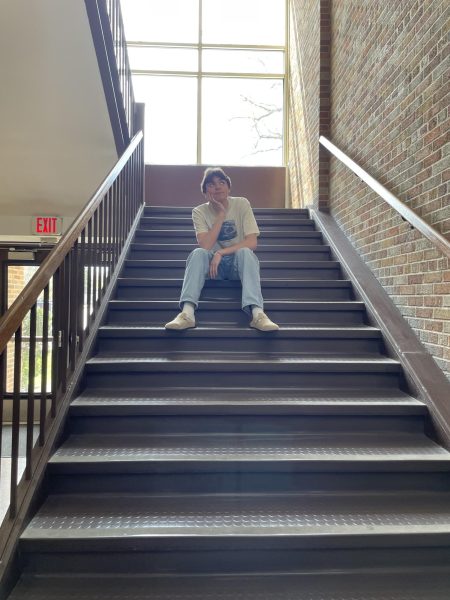

G • Oct 17, 2023 at 12:59 pm
VERY well spoken!